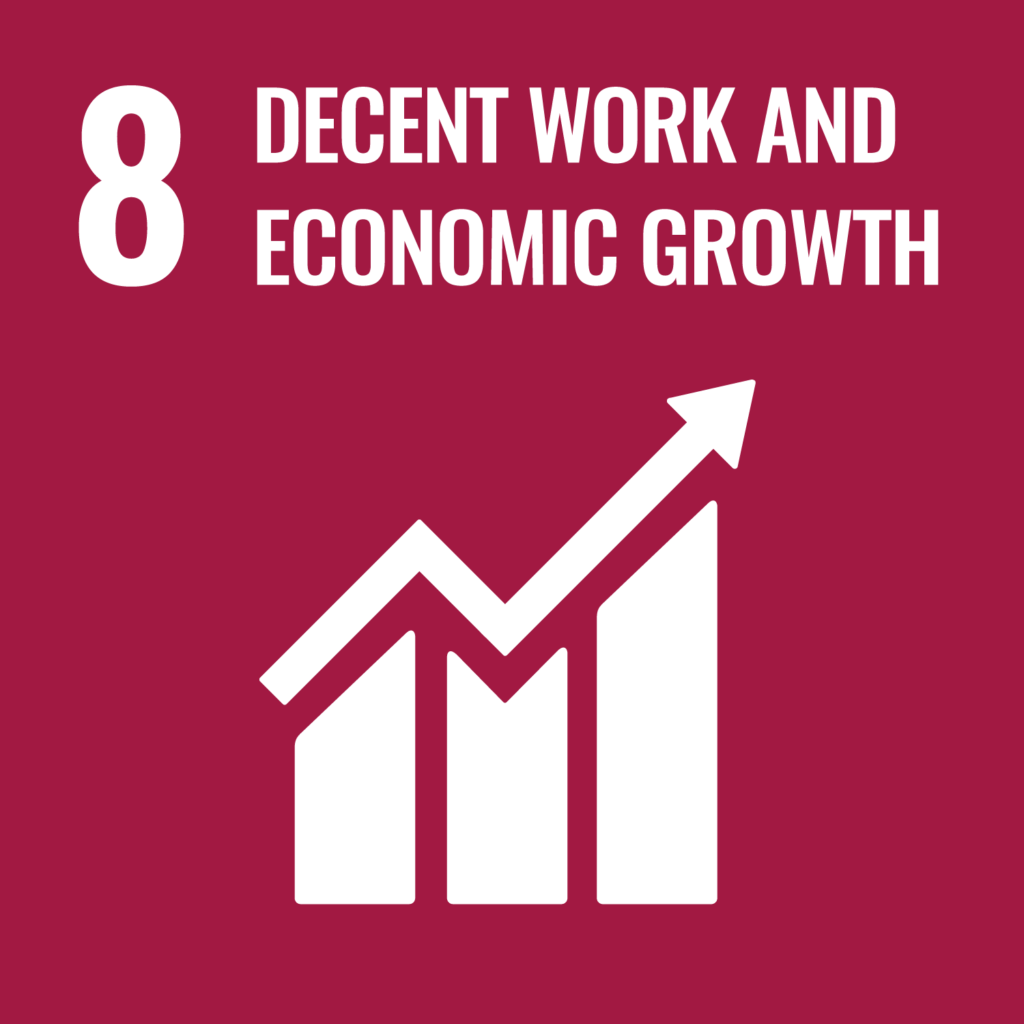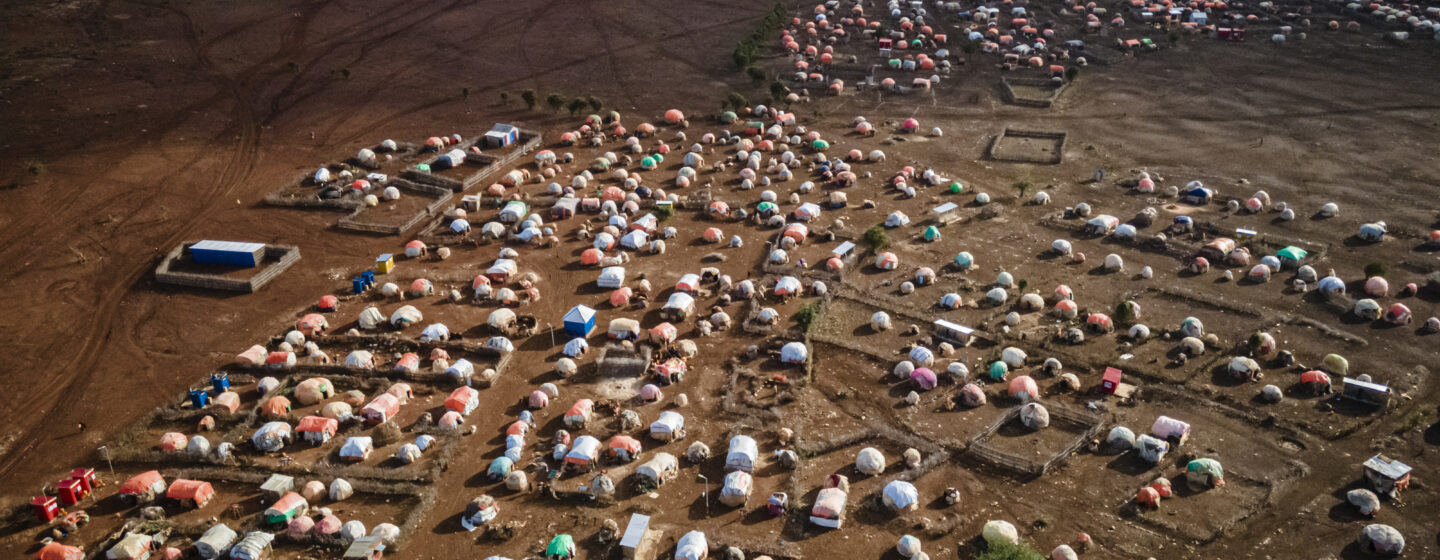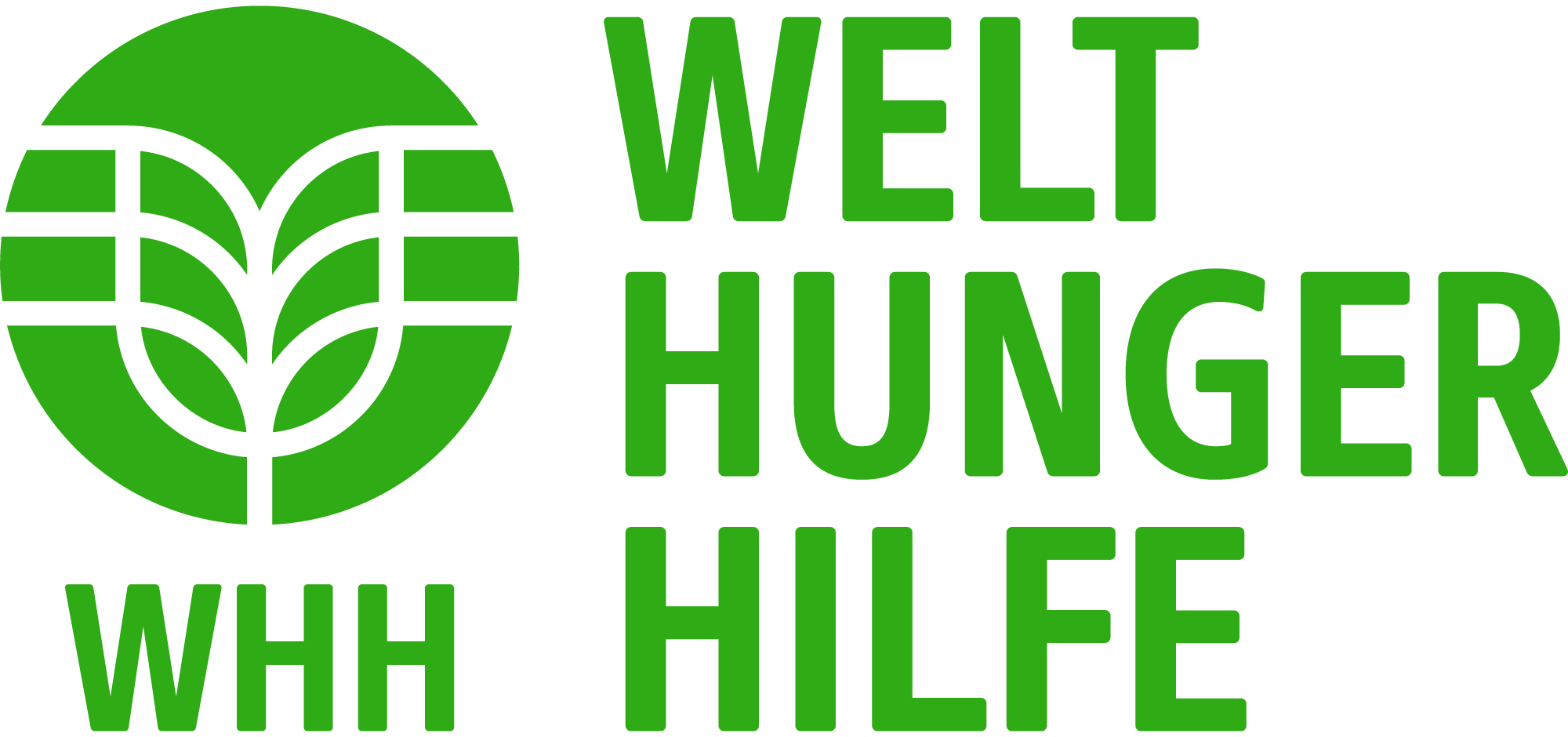Overview
Political relations in the region are experiencing dynamic change, with new opportunities for Somalia to benefit from trade and regional integration as it prepares to become the eighth member of the East African Community. As Somalia moves out of fragility, it needs to gradually transition from relying on humanitarian aid to sustainable development approaches.
Throughout 2022, and for five consecutive seasons, poor rains put the country in severe drought conditions surpassing the 2010–2011 and 2016–2017 droughts in terms of duration, severity, and scale. The number of people suffering from food insecurity and needing humanitarian assistance grew to 8.3 million people in the country (over 50%) and displaced over 2 million people from their homes in search of water, food, and pasture.
What are the development challenges in Somalia?
As Somalia continues to rebuild economic governance institutions, it has several opportunities—rapid urbanization, the growing use of digital technologies, planned investments in energy, ports, education, and health—so building resilience to shocks is a priority to support economic growth and job creation. However, severe drought, rising food prices, falling exports, and slowing growth in remittances are preventing the economy from sustaining a modest rebound.

Source: World Bank, 2024







